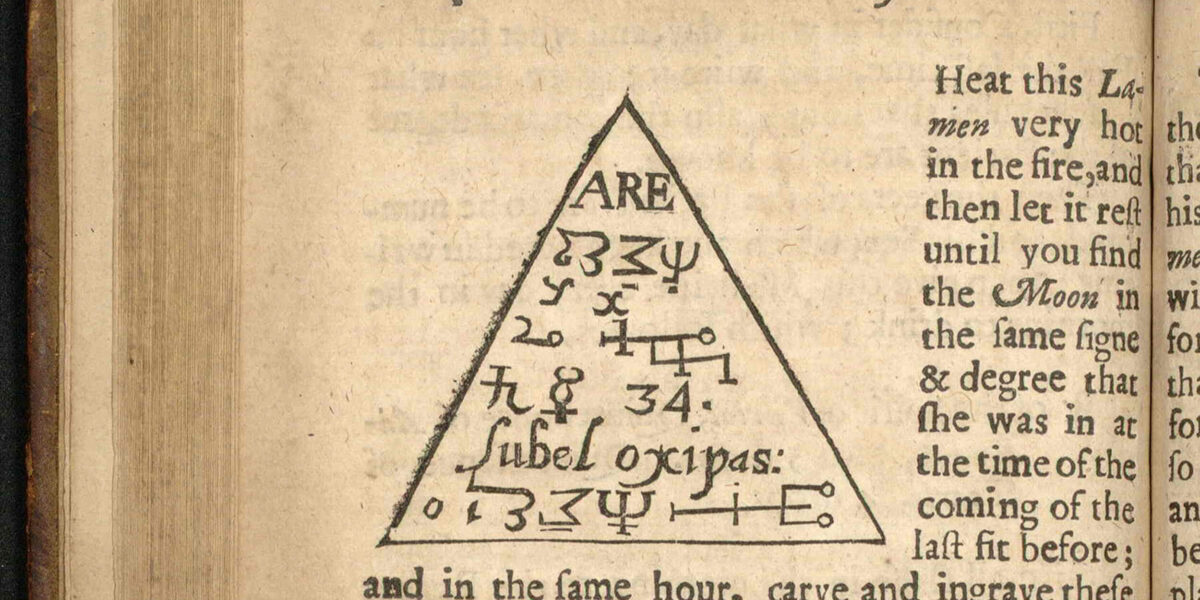The magical, sympathetical, and antipathetical cure of wounds and diseases. The mysteries of the twelve signs of the zodiack.
by Paracelsus. Translated by Robert Turner: London, Printed by J.C. for N. Brook and J. Harison, 1656
Paracelsus (/ˌpærəˈsɛlsəs/; 1493/1494 – 24 September 1541), born Theophrastus von Hohenheim (full name Philippus Aureolus Theophrastus Bombastus von Hohenheim), was a Swiss physician, alchemist, lay theologian, and philosopher of the German Renaissance.
Archidoxae or Archidoxis magica first appeared in 1591 as part of the collected works of Paracelsus Zehender Theil der Bucher und Schrifften (page 324) published by Johannes Huser of Basel. It has been suggested that the text was written by Jacques Gohory, constructed partially on earlier texts. Gohory is also thought to have been the compiler/composer of Liber quartus (“Fourth Book”) of Ps.-Agrippa, and perhaps also Arbatel Of Magic. (Source: Joseph Peterson)
The seals for each sign of the Zodiac from Robert Turner’s 1656 English translation were repurposed in the mid-17th century in the Ars Paulina of the Lemegeton.




